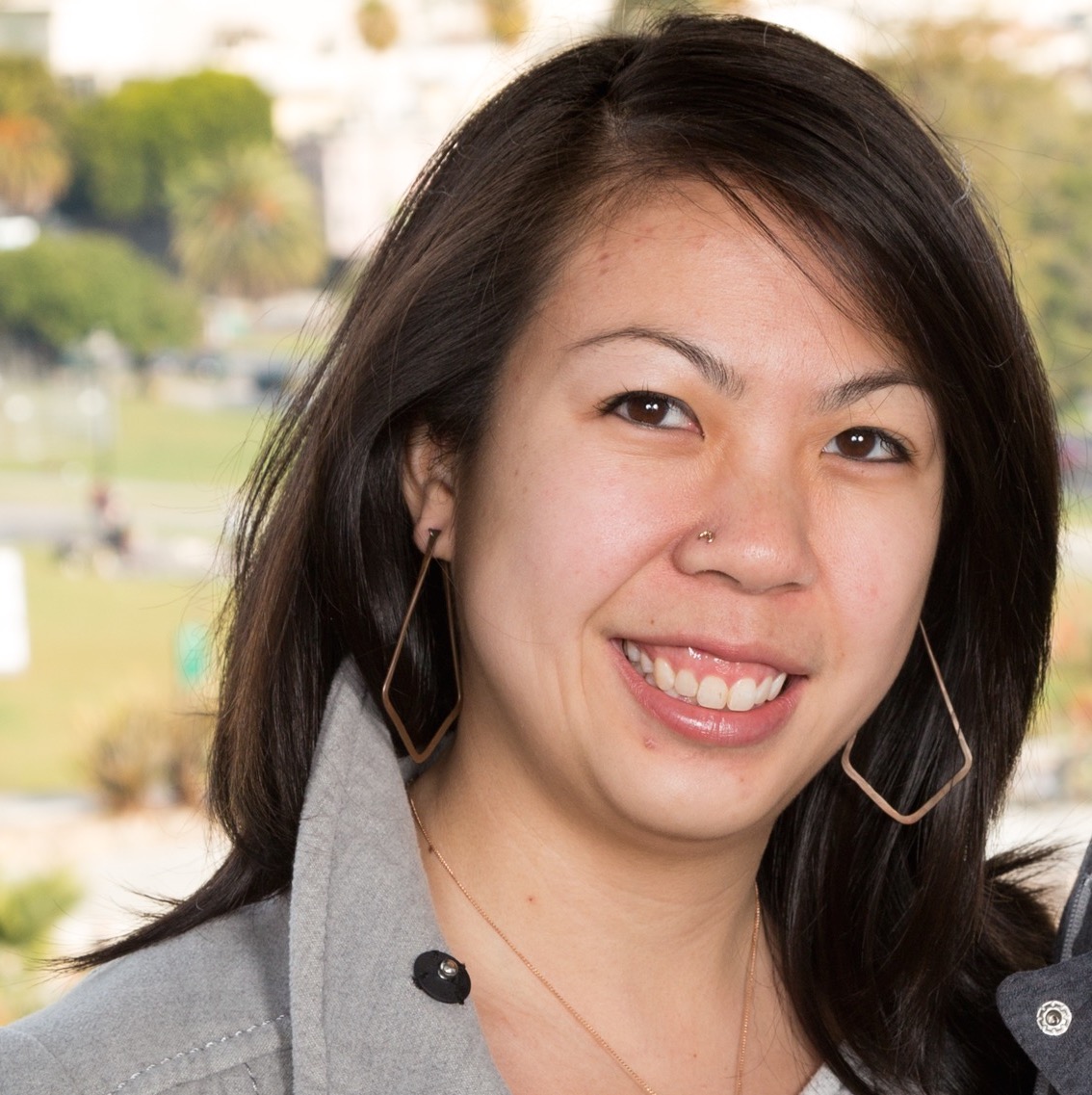
Hospital administrators and physicians may not always see eye-to-eye, especially when it comes to hospital regulations and policies. Both worlds have their own perceptions of what health care can and should be; some of those perceptions overlap, but many do not. To bridge this gap between hospital administrators and physicians, many physicians are learning about and participating in the administrative side of health care in order to influence health care decisions, policies, and regulations to better serve their patients. These physician leaders, passionate about these long-term changes while trying to balance short term needs, bring a unique perspective to the administrative world.
Doximity decided to interview three physicians who do straddle both the administrative and clinical worlds to further understand their passion and ability to affect change.
Becoming a Physician Leader
A passion for change that improves the quality of care for patients and a desire to give physicians a voice in the administrative world were some of the motivations expressed by Dr. Kealy Ham, a pulmonologist, Dr. Nima Desai, a hospitalist, and Dr. Kenneth Nash, a psychiatrist. As practicing physicians, they have stated that although being a physician-hospital administrator can have its challenges, this role is necessary in order to affect change.
Each physician found their path to administrative leadership through their practice in medicine. With Dr. Desai, she had a passion for being a voice for clinicians and took the opportunities that arose to provide inpatient services and trainings which further led to her administrative role. Dr. Ham was asked to join the administrative team as previous department chairs had resigned their positions due to frustrations in the slow progress of making a difference. Dr. Nash has always held a leadership role while practicing medicine.
All three doctors continue to actively treat patients in order to keep their connection to the patient world, providing them with the grounding that drove them to pursue administrative roles in the first place.
The Gap (And Bridge) Between the Administrative and Clinical Worlds
According to these three doctors, there is a gap in the language that is used by doctors and administrators. Because each world “speaks a different language,” as Dr. Ham says, these physician-hospital administrators are able to be the bridge that breaks down these miscommunications and become translators.
Dr. Ham states that these differences in perspective stems from a mentality of fear – that speaking a different language fosters a threat – a threat that one world may take over the other, and there would be no ability to collaborate or find a middle ground. Because the hiring of hospital administrators has grown 3200% between 1975 and 2010, Dr. Ham believes that physicians may be feeling that they’re being told how to do their jobs by people who have never done their jobs. At the same time, administrators, looking at the finances, feel the need to work toward better efficiency to reduce costs. However, both administrators and physicians have similar end goals — to provide cost-effective, high-quality care to patients.
Dr. Ham has encouraged her administrator colleagues to take the time to learn what physicians do on a day-to-day basis, while at the same time encouraging her physician colleagues to share their clinical expertise with administrators. She believes this will provide an opportunity to exchange information and give clinical context to the technical language used when caring for patients – a complexity the numbers and graphs on the finance side cannot capture.
Dr. Desai translates for practicing physicians by attempting to incorporate hospital regulations into the everyday workflow so it’s practical and applicable to physicians and their patients. For example, mandates on how pneumonia cases are handled may make many doctors feel like extra steps are being added to their workload. Dr. Desai works with her physician colleagues on ways to incorporate these mandated steps into everyday practice to improve the quality of care provided to patients while reducing physician frustration.
Dr. Nash promotes a multi-disciplinary team where his role is not necessarily the voice for fellow physicians, but rather for patients. He is the bridge for patients to connect with their physicians and other clinicians, with the singular goal of improving patient lives. Because Dr. Nash believes that the farther removed from the front lines of clinical work, the more opportunity there is for miscommunication, so he stays connected with the patients and other providers to decrease any disconnect or miscommunication.
The Importance of Physician Leaders
As this world is progressing further toward value-based community care, it is even more important for physicians to step into leadership roles. As physician leaders, there are opportunities to help patients directly at the bedside and assist from a global level to improve health care. Dr. Ham believes that many physicians have recognized that being a physician leader is an opportunity for improvement, and “one of the best ways to be effective is to be part of the team of administrators.”
Being a physician leader is one way to preserve the art of medicine by providing a physician voice at the administrative table. As Dr. Desai says, “most near and dear to our hearts is what is happening in that patient room…and we [physicians] should have a say in that.”







